Popsicle Stick Speech and Language Games!!

Ms. Carrie’s Popsicle Stick Game for Speech and Language Activities
There’s something about the random chance of drawing sticks from a cup that makes any activity more exciting! My inspiration for this post was a picture I saw on Pinterest of a cup like this full of popsicle sticks with exercises on them. The idea is that every so often you pull an exercise out of the cup and do it so that you’re not just stuck at your desk all day. I made one for my office and quickly found that my kids love pulling these sticks out of cups. Here is a list of ways that you can adapt this activity based on what speech or language skill your child is working on. If your child is working on multiple skills (or you’re an SLP who works with a lot of different kids), make several sets of these and store them in ziptop baggies. Then, just pull out whichever set you need that day.
Speech and Language Games 1: Speech/Articulation/Sound Production
Action sticks to make sound practice more exciting
So you have a list of words that your child needs to practice but he won’t sit down and do it? Or your child needs to just practice saying a certain sound right over and over again until it becomes habit? Try this! Have your child help you write the names of different actions on popsicle sticks and then decorate the back sides however he/she wants. The idea is that every time your child pulls out a stick, he has to perform that action while saying __ number of words or sounds from his list. Then, he picks a new stick and does the next however many you’d like. You can use simple actions like clap, stomp, jump, stand on your head, etc. or you can try adding some yoga poses or simple exercises.
Speech sound stimulability warm-up
Research shows that when a child is able to produce a sound in isolation (like “sssss” for /s/), he is more likely to be learn how to say the sound correctly in words on his own than a child who does not know how to say the sound at all. That’s why practicing sounds in isolation is so important! If your child has trouble with a lot of sounds, doing a speech sound stimulability activity every day can be a great benefit to overall speech development. This is also great for teaching your child letter-sound correspondences, a skill that’s very important for reading. For this activity, write each letter of the alphabet on a popsicle stick (one sound per stick) and let your child decorate the backs. Make sure you also include sounds that are made by two letters, such as “th”, “sh”, “ch”, and any sound blends that you want to include like “bl” or “tr”. Have your child practice by pulling a stick out and saying the sound that goes with that letter or letter combination.
Speech and Language Games 2: Following Directions
Does your child have trouble following directions? Try writing some common directions that you give your child throughout the day on popsicle sticks and let your child decorate the back. Choose things you often say to your child, like “get your shoes”, “come here”, “sit down”, etc. Have your child practice the direction after he pulls it out of the cup. Once your child is pretty good at this, try pulling two sticks and see if your child can follow two directions in a row! If your child is struggling, try drawing a little cue on the stick that helps the child know what to do. For example, if the direction is to get his shoes, draw a shoe on the stick.
Speech and Language Games 3: Vocabulary/Word Recall
Help your child work on vocabulary and word recall by creating sticks that prompt your child to think of a word or collection of words. For example, you could write a category like “foods” and have your child list as many things from that category as possible. You could also write a description of an object and have your child come up with the name of the object, such as “a red fruit with a stem”. You could also do fill in the blank for common phrases, such as “a pair of _____”.
Speech and Language Games 4: Answering Questions
Help your child practice different types of questions by writing them on popsicle sticks. Write vague questions that could be answered any day, like “what did you eat for breakfast” or “who did you play with today?”. Try to include a variety of question forms that your child needs to work on, including yes/no, what, where, when, why, how, and who.
As you can see, the possibilities are endless. You could make popsicle sticks for all kinds of great speech and language games. You could even make worksheets more fun by writing numbers on sticks and whichever number you pull is the problem that you do next.
Thank you so much for reading and I’m so glad to be back! Head on over to facebook and let me know that you found this article! http://www.speechandlanguagekids.com/facebook
More Resources for Speech-Language Pathologists:
Looking for more therapy ideas and resources to help you provide the BEST services to your clients? Join us in The SLP Solution, our membership program for speech-language professionals! Inside the membership, you’ll find:
- Step-By-Step Guides for teaching a variety of speech/language/communication skills
- Pre-Made Worksheets and Therapy Activities for hundreds of different topics
- Training Videos for dealing with difficult disorders or problems
- Answers to Your Questions in our exclusive SLP community
- Tools and Resources to help you with your paperwork and admin tasks
- Continuing Education through our monthly webinars and webinar recordings
To join us in the full SLP Solution, or to snag a free membership, click on the button below!

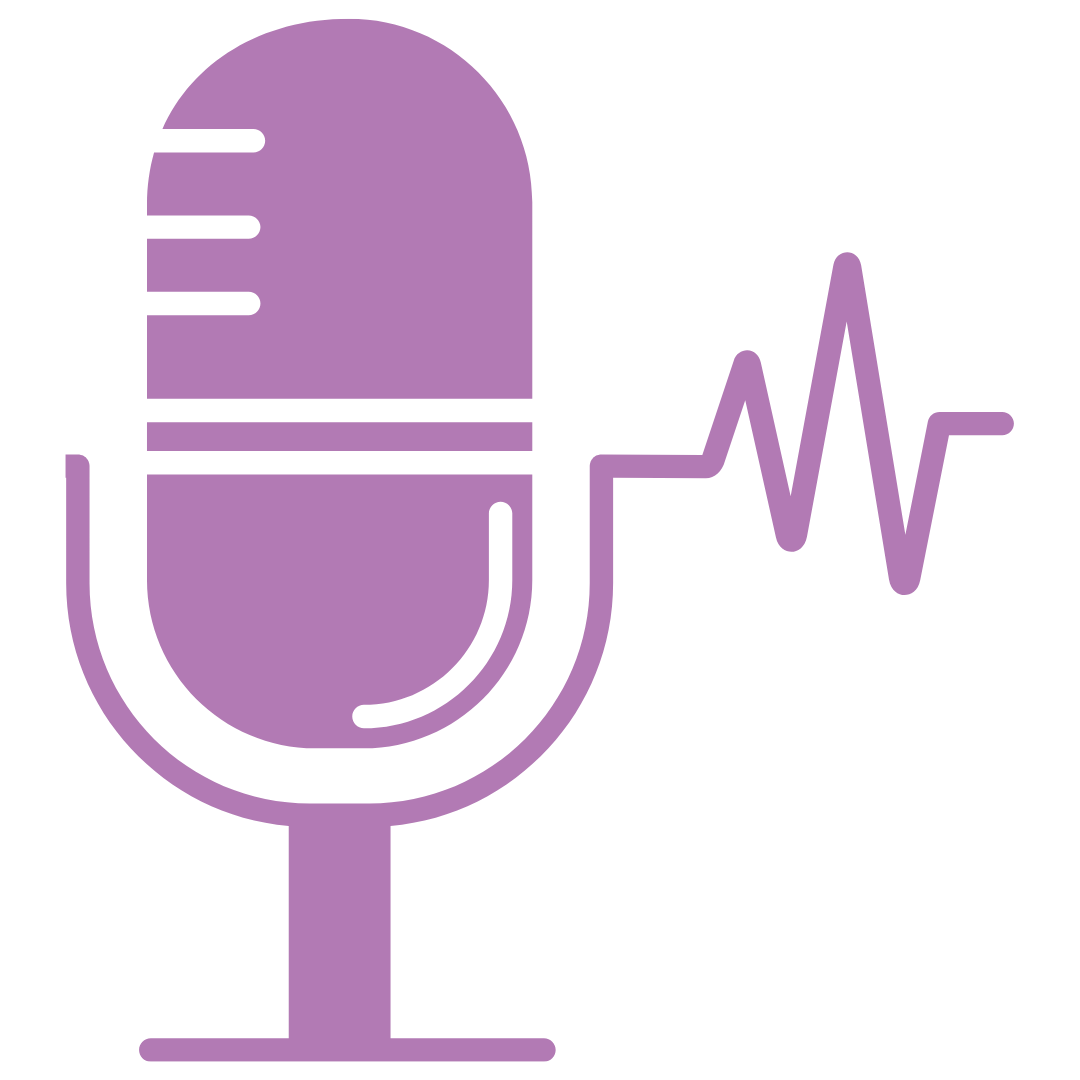
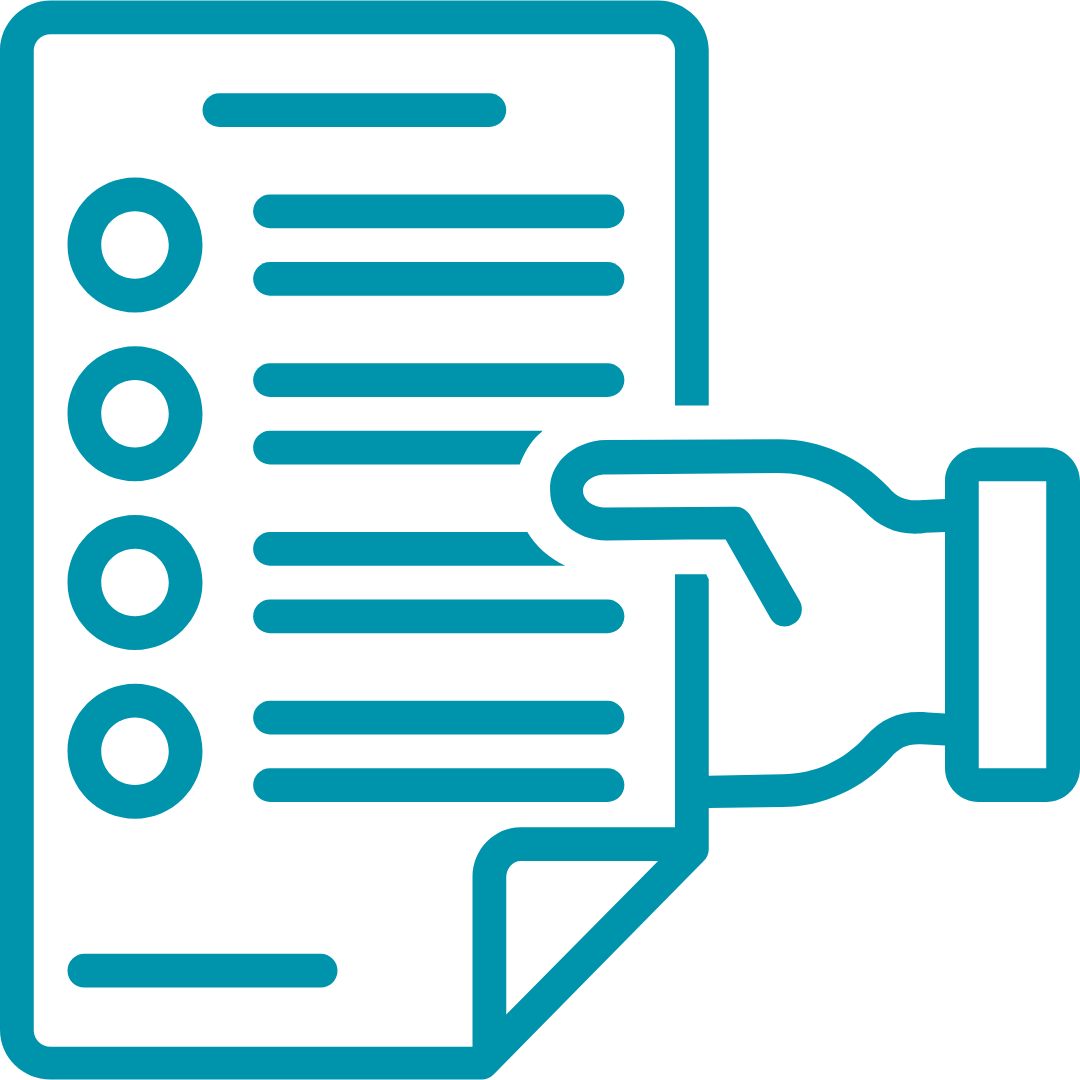
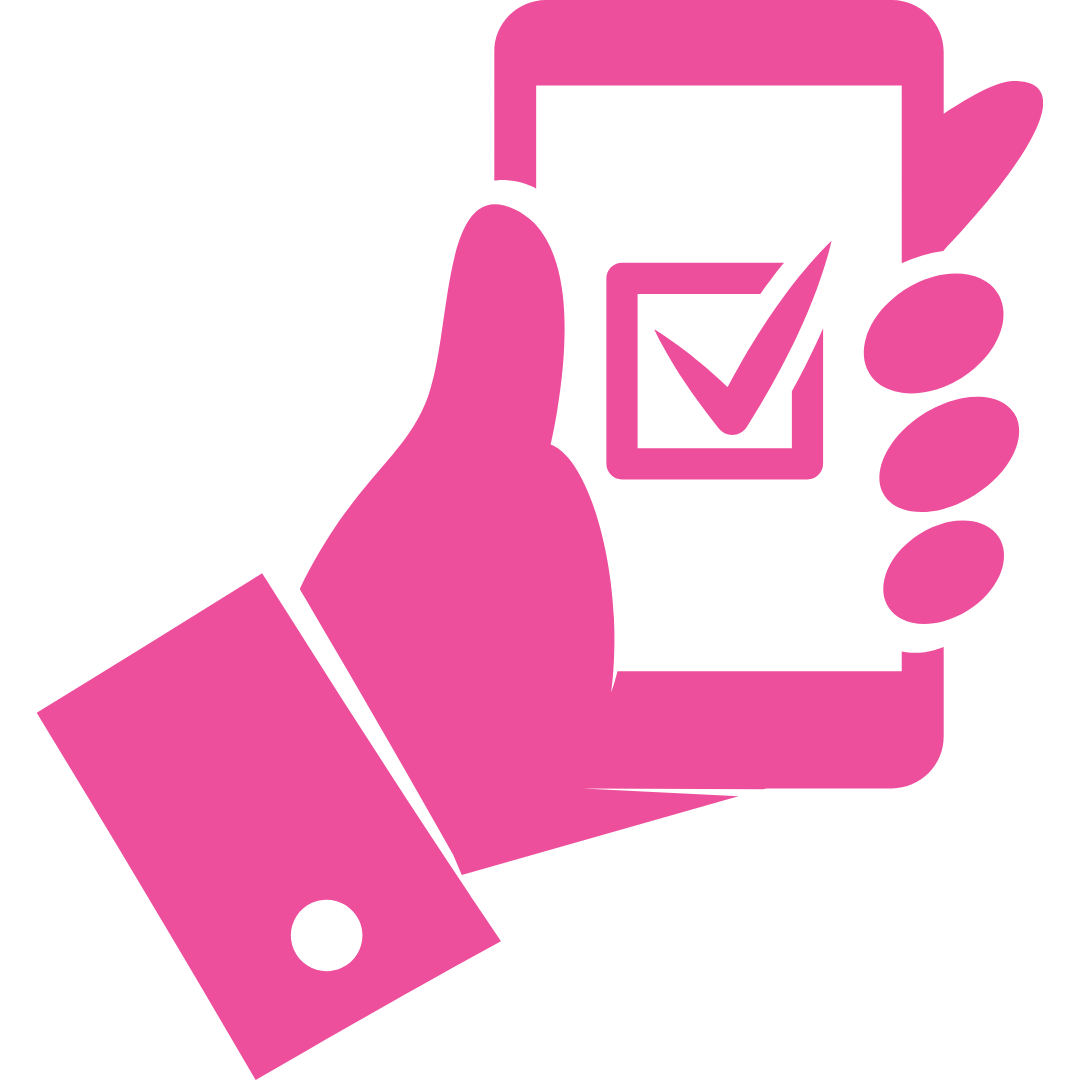
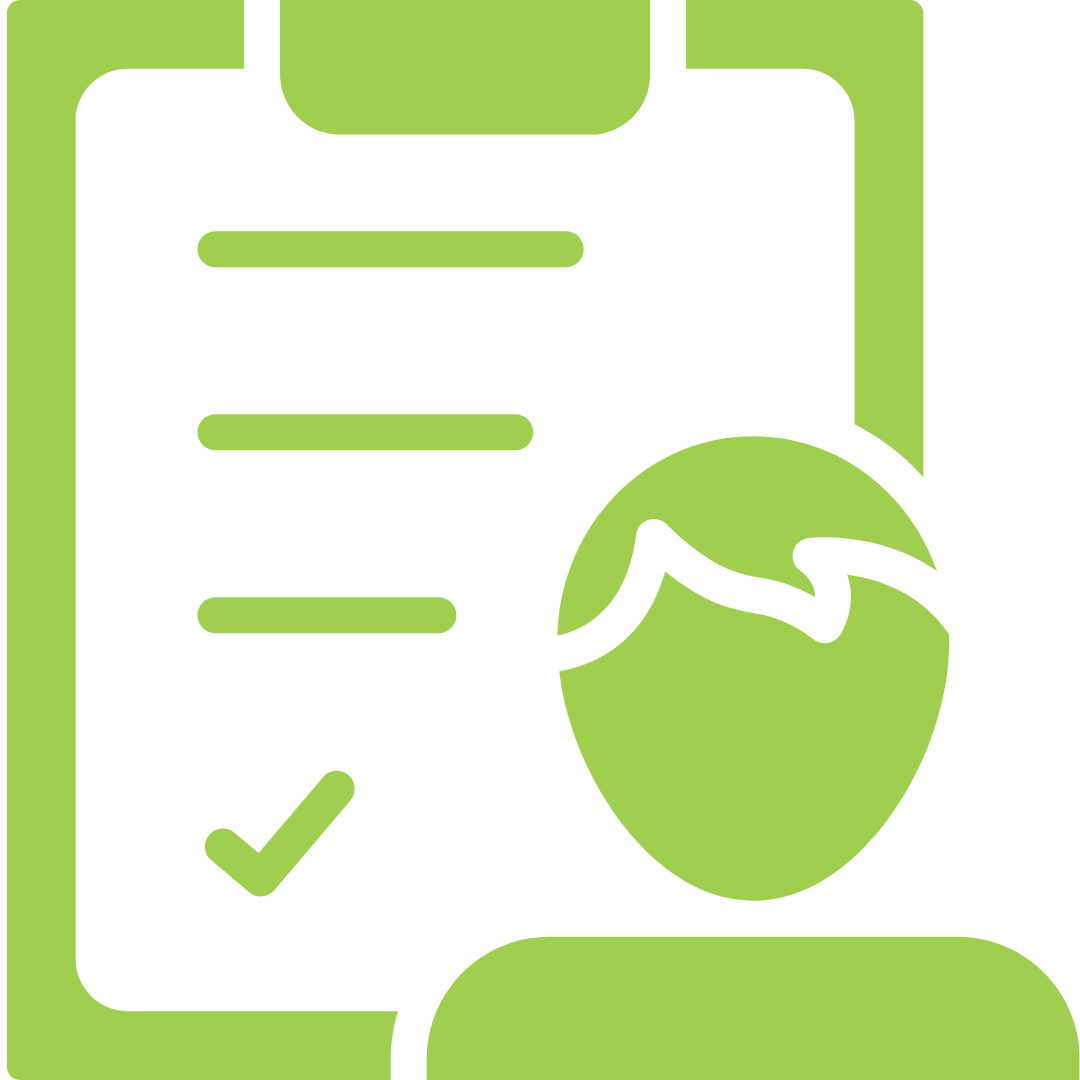
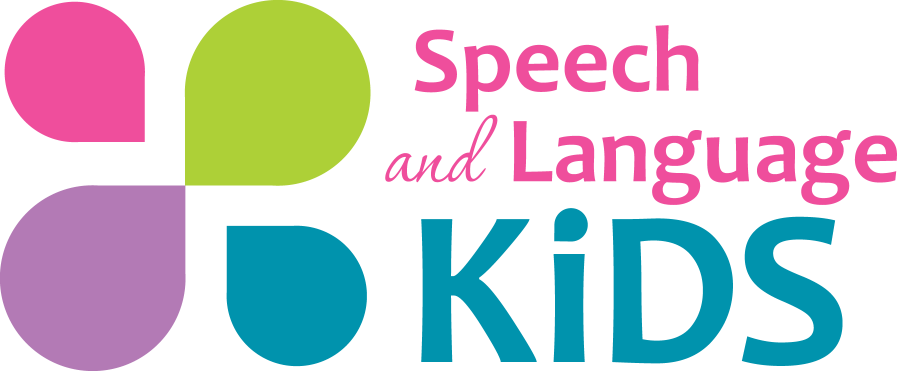
Michelle Garcia Winner recommends using popsicle sticks to make kid’s on the spectrum aware of their behaviors. She proposes giving the child many green, but when you see the undesired behavior to put a red stick into the cup. This worked beautifully for me with a child who kept asking questions or making comments about something he already knew. It even carried over into the classroom by only using it in my sppech room. He then became nervous that I might put in a red stick, so I added yellow sticks that I called learning sticks, so we could work on other behaviors.
That’s a wonderful idea! It’s amazing all of the fun and learning that can come from a cup full of popsicle sticks! Thanks for sharing!!
Carrie, thank you so much for freely sharing your research and activities. It reaffirms that I am on the right track and stimulates ideas of old and new ways to practice speech and language skills.
Wonderful! Glad you’re able to benefit from it!!
Since we have been using the sound program I have seen the progress that my child has made. We focus on the S sound and within a week he was able to pronounce the S sound. Thank you Carrie Wonderful program.
Thank you so much for letting us know, Farah! We absolutely LOVE to hear of the progress children are making!